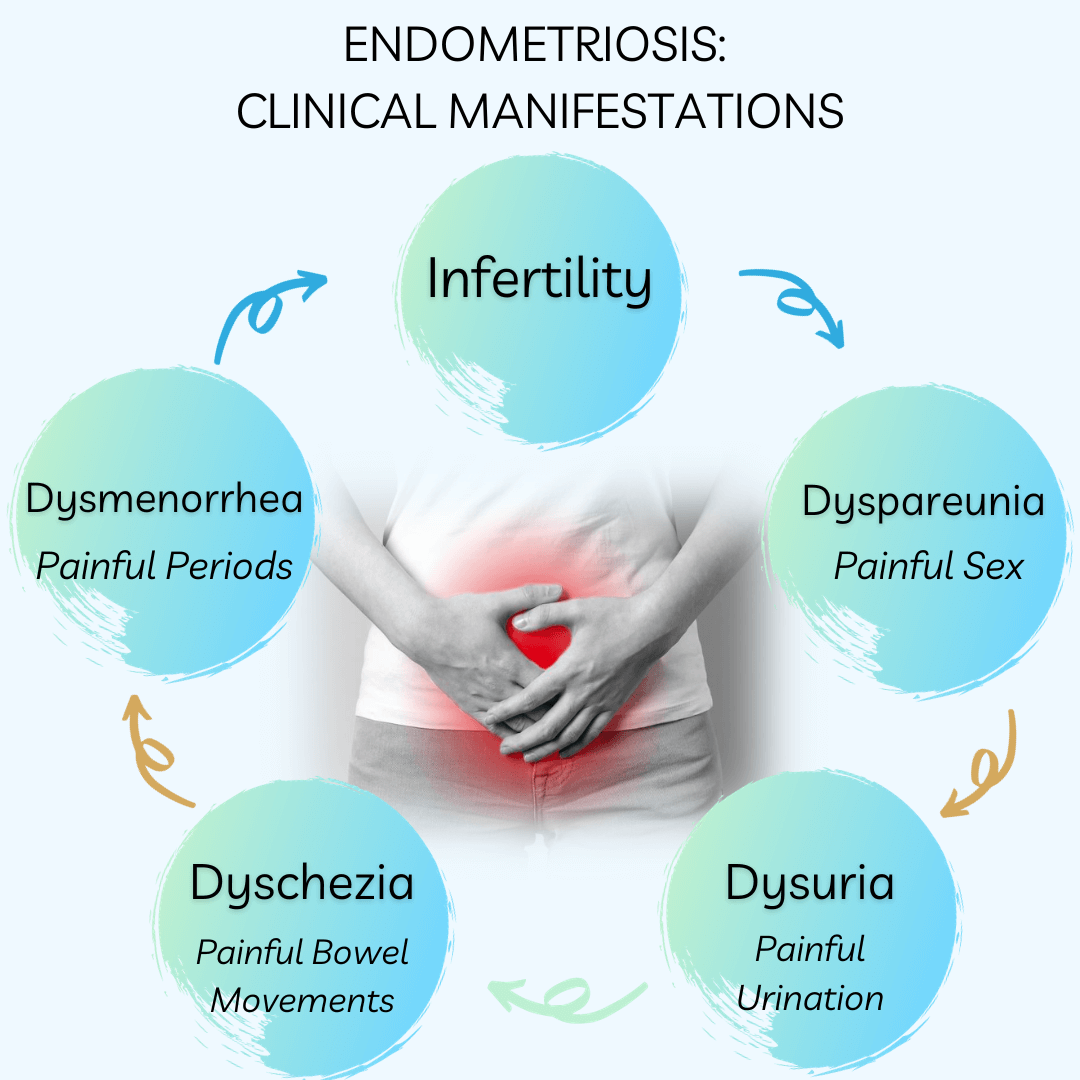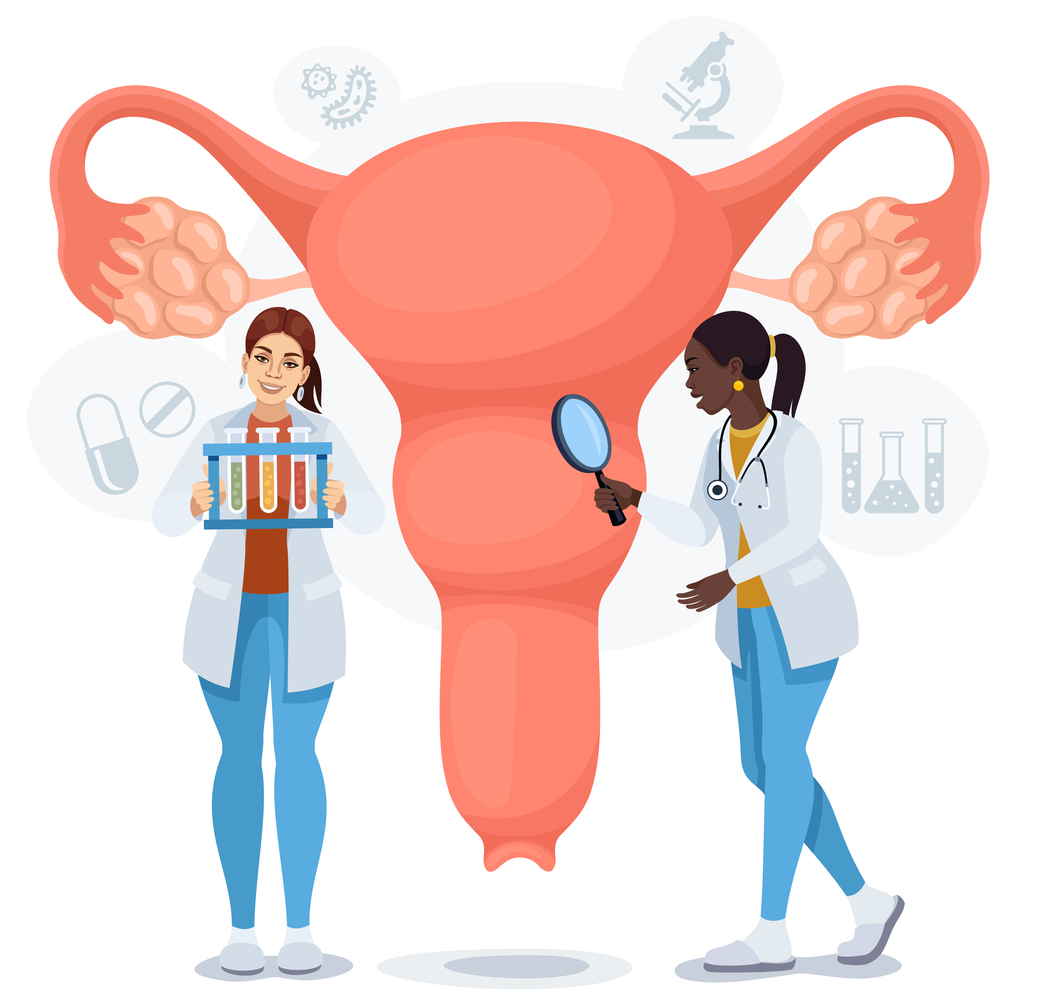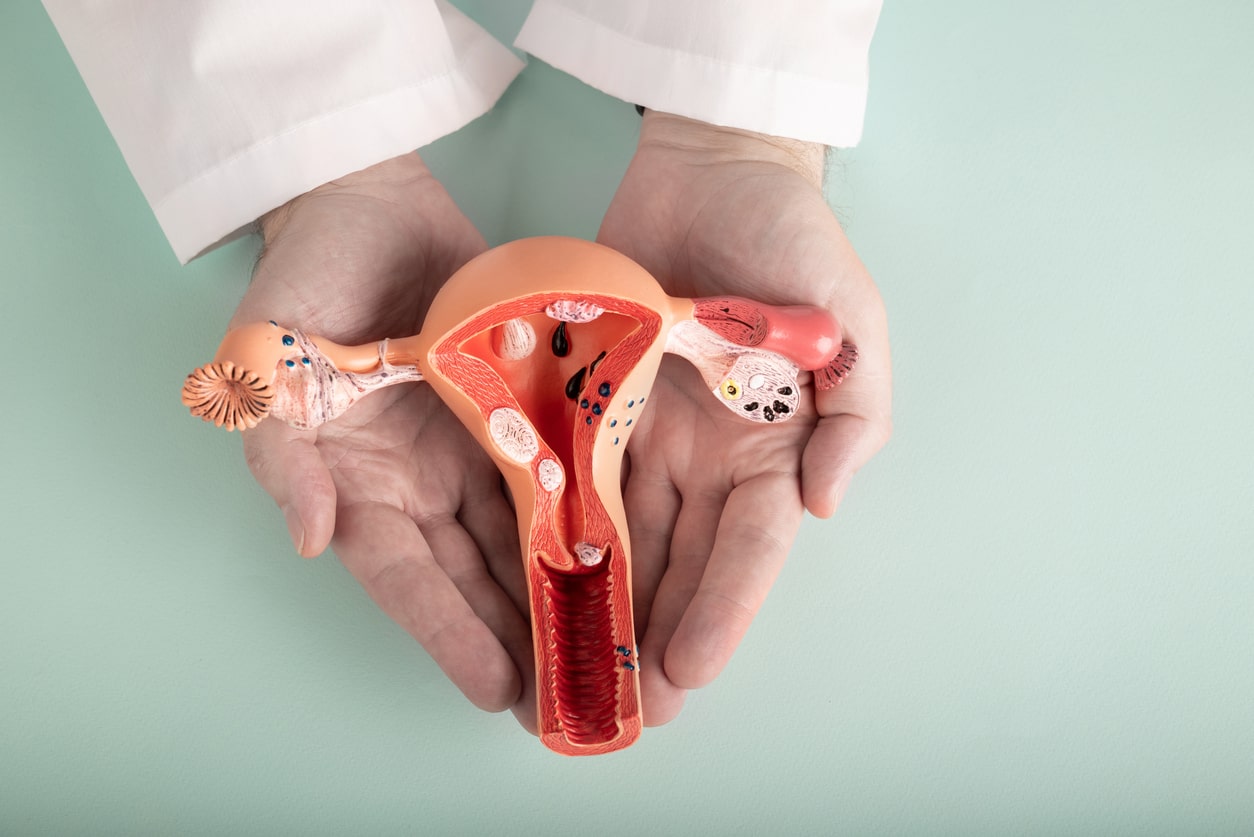Endometriosis is a chronic, often painful medical condition that affects an estimated 1 in 10 women and people assigned female at birth during their reproductive years. It occurs when tissue similar to the endometrium—the inner lining of the uterus—grows outside the uterus in places where it doesn’t belong. This tissue, although not exactly the same as endometrial lining, behaves similarly: it thickens, breaks down, and bleeds with each menstrual cycle. However, unlike the tissue inside the uterus, this blood and tissue have no natural way to leave the body, causing inflammation, scar tissue, and sometimes severe pain.
Endometriosis most commonly affects the ovaries, fallopian tubes, and the tissue lining the pelvis. In rare cases, it can be found in distant organs such as the intestines, bladder, diaphragm, or even the lungs. These displaced tissue patches are known as endometrial implants or lesions.
One of the most challenging aspects of endometriosis is that it often goes undiagnosed for years. Symptoms can vary widely, and many individuals may attribute their discomfort to normal menstrual pain. Others may be misdiagnosed with conditions like irritable bowel syndrome (IBS), pelvic inflammatory disease (PID), or even psychological stress. This delay in diagnosis can have a significant impact on a person’s physical health, emotional well-being, and fertility.
The exact cause of endometriosis remains unknown; however, several theories have been proposed. These theories include genetic factors, immune system disorders, hormonal imbalances, retrograde menstruation, and even surgical implantation of endometrial cells during procedures like C-sections or hysterectomies.
Common symptoms of endometriosis include:
- Chronic pelvic pain, especially during menstruation
- Pain during or after intercourse
- Pain with bowel movements or urination
- Heavy menstrual bleeding or bleeding between periods
- Fatigue, bloating, and gastrointestinal discomfort
- Infertility or difficulty conceiving
Despite its potentially debilitating effects, endometriosis is a manageable condition. Treatments range from lifestyle adjustments and pain management to hormonal therapies and surgical intervention. In some cases, especially when fertility is a concern, laparoscopic surgery is used to remove or destroy endometriosis lesions. While there is no definitive cure, early diagnosis and a personalized treatment plan can significantly improve quality of life.
Understanding what endometriosis is and how it affects the body is the first step toward breaking the stigma surrounding it. Increased awareness helps individuals seek timely medical care, advocate for their health, and access the support and treatment they need.
Endometriosis is more than just “bad period pain.” It’s a complex condition that deserves attention, research, and compassionate care. If you or someone you know is experiencing symptoms that could be related to endometriosis, speaking with a healthcare provider is an important next step toward relief and clarity.


![The History of Endometriosis: Unraveling the Theories and Advances [or lack thereof]](https://icarebetter.com/wp-content/uploads/2023/10/history-graphic-min-1.jpg)








